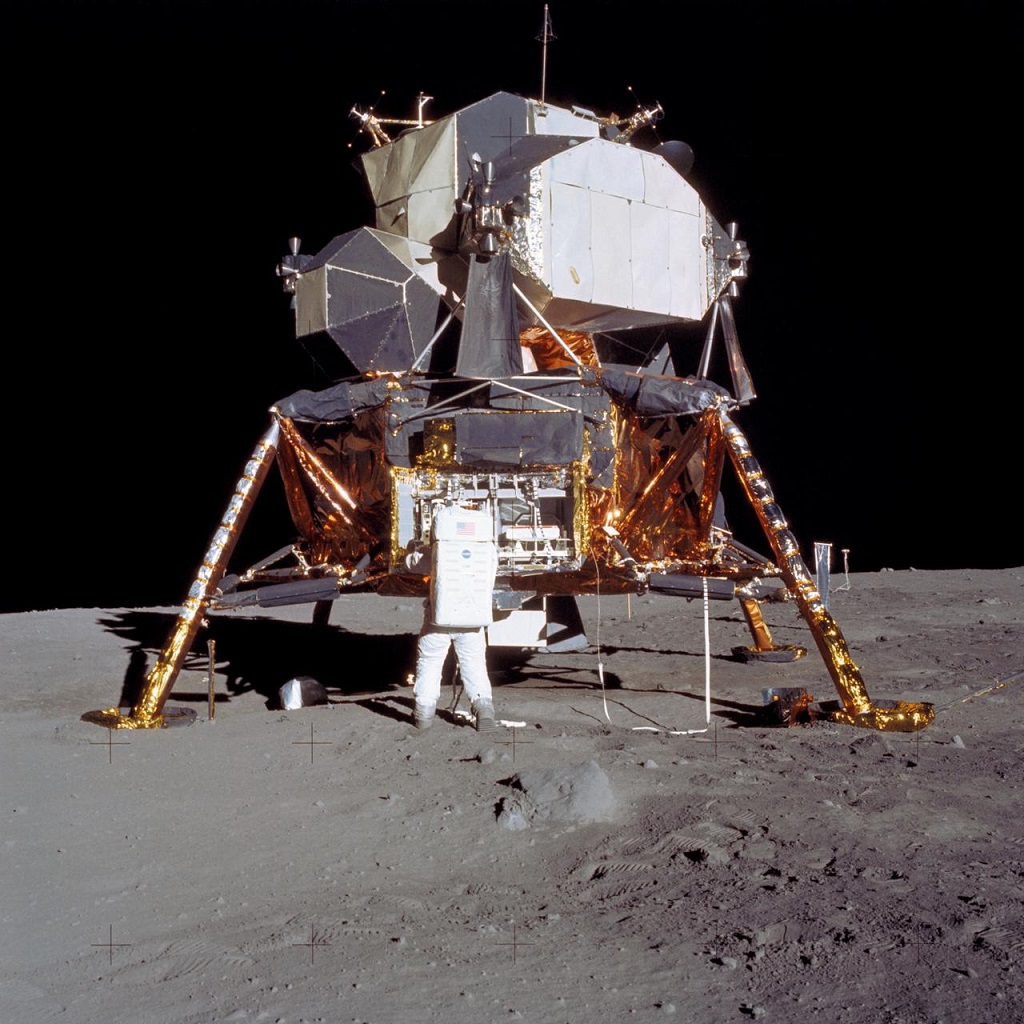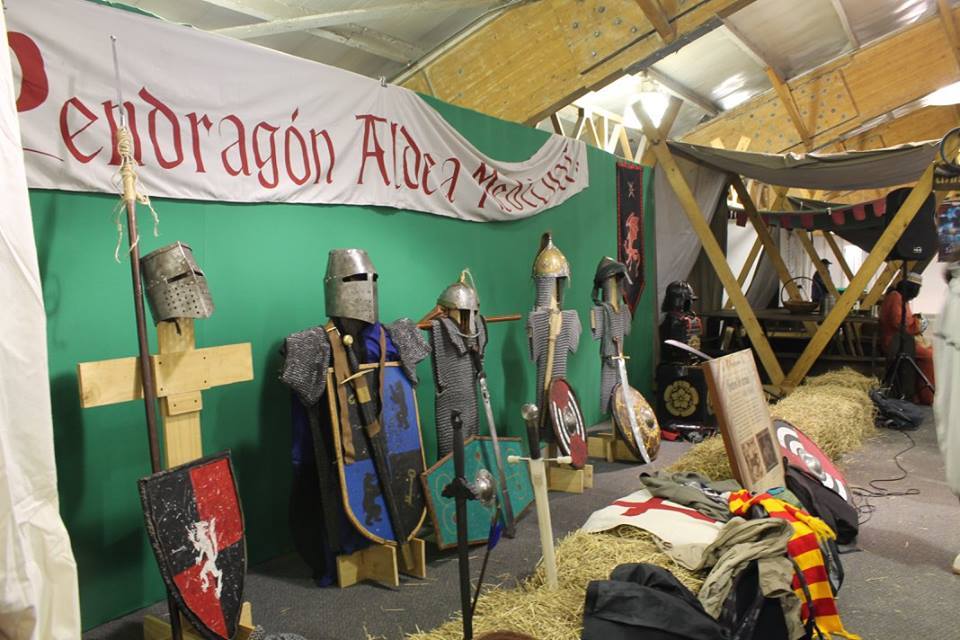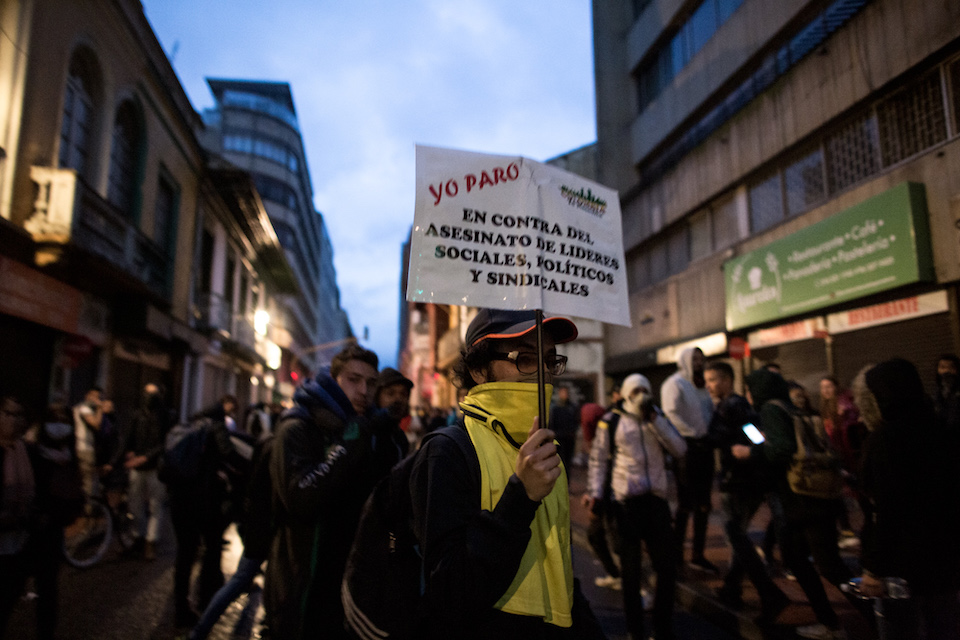
Colombian (and pre-Columbian) handiwork finds its place in space.
Looking back 50 years to Apollo 11’s historic lift-off, it’s hard to believe the small crew capsule perched high on the massive Saturn V rocket was lined with sheep’s wool from Boyacá.
Colombia’s small but significant contribution to the moon shot was providing a non-flammable insulated lining for the command module – named ‘Columbia’ – in the form of a woollen cloth hand-made by a Usaquén textile company called Telas
Wool from the páramo may seem an unlikely choice for hi-tech NASA, but the Colombian cloth was the only one that passed the US space agency’s strict tests to find a material that was booth flame-proof and didn’t store static electricity.
No static at all
Remember that three years before, the Apollo space program had suffered a tragic set-back when a command module incinerated killing the three Apollo 1 astronauts during ground training. The accident was traced to an electrical short-circuit that sparked a deadly fire in the pure-oxygen capsule.

The new wool lining was made supposedly in secret in Bogotá. During the space
Related: Q & A with Ulrike Kuchner
Telas Huatay had found commercial success in the US even before the prestigious NASA contract, in fact company founder Raquel Vivas had been exporting her cloth there since 1954, and already supplied coverings for the White House walls and Air Force One. But the NASA contract came with perks: the Boyacá-born weaver was invited to witness Apollo 11’s spectacular lift-off at Cape Canaveral, Florida, on July 16, 1969.
Vivas, who died in 1995 aged 94, was not the only Colombian to contribute to the Apollo program, which employed 400,000 people at its peak.
According to El Nuevo Siglo, NASA space doctor and neurologist Jorge Huertas helped prepare the Apollo astronauts for the claustrophobic conditions of space, and a Bogotá priest and geophysicist René Van Hissenhoven contributed to seismic recorders left on the moon.
Enter the humble hammock
Another Apollo contribution from Colombia’s S
When Buzz Aldrin and Neil Armstrong arrived on the moon 50 years ago today, they soon needed a rest after moonwalks and struggling with cumbersome
The Apollo 11 astronauts were instead expected to curl up on the floor of Eagle’s cold cramped cabin. Armstrong lay down on the engine
It’s good to know this tried and tested technology had a place in space. When Christopher Columbus first arrived in the New World, the practice of slinging sleep-netting between two posts was unknown to Europeans. Columbus first encountered hammocks in Haiti, but they were equally prevalent on South America’s mainland coast. The European conquistadors quickly adopted them for ships crews, and later for leisure, and even took the Arawak word hamaka.
Of course, 380,000 kilometres up in space, the lunar pioneers probably didn’t worry about hammock history or ponder much the Boyacá wool lining their command module. But it’s something to think over the next time you look up at the moon.
DON’T MISS…
The Apollo 11 movie, with never-before-seen footage and audio recordings of the historic trip to the moon, is being shown at selective CineColombia cinemas this weekend. Check the link for details .
Bogotá’s Planetarium has a permanent Space Museum display, including moon rocks samples, and extra exhibits on the Apollo 11 mission this month.






